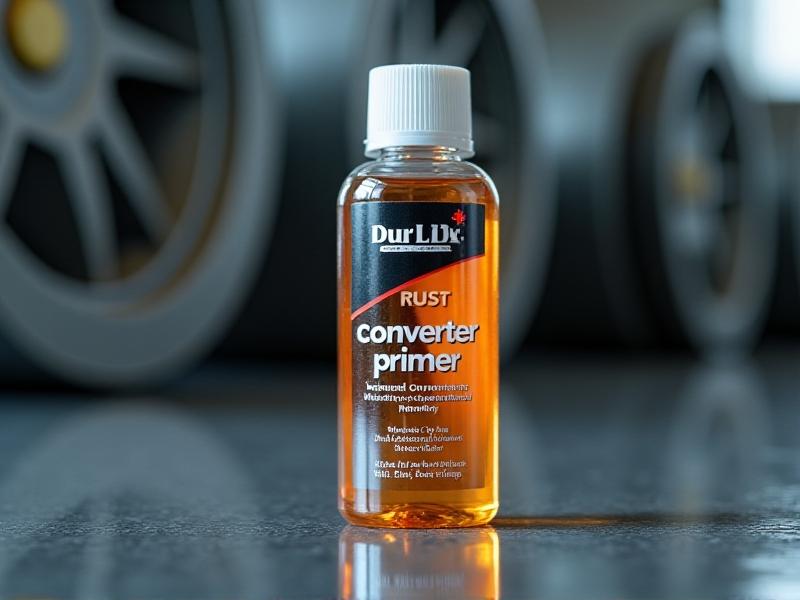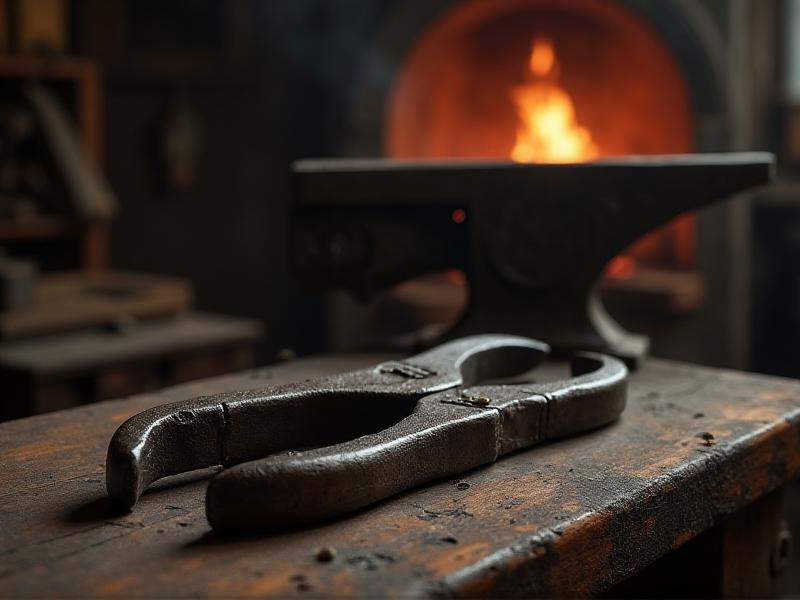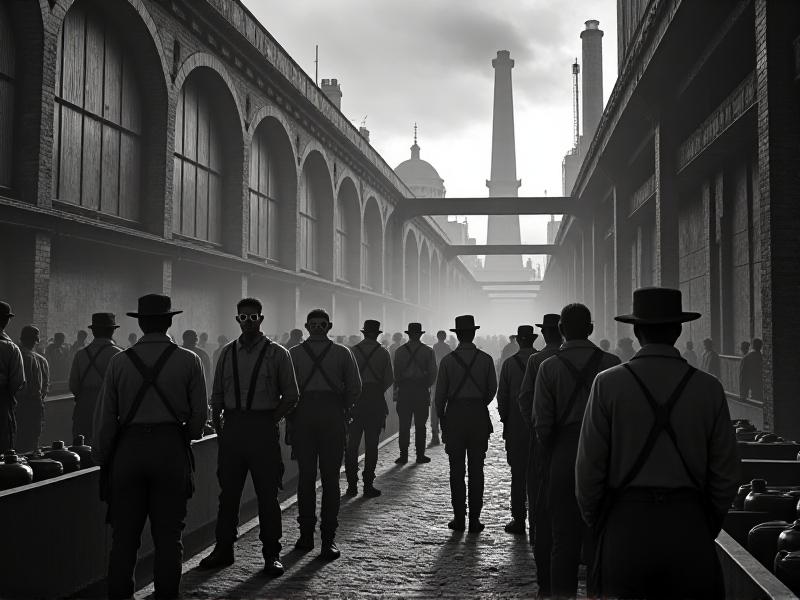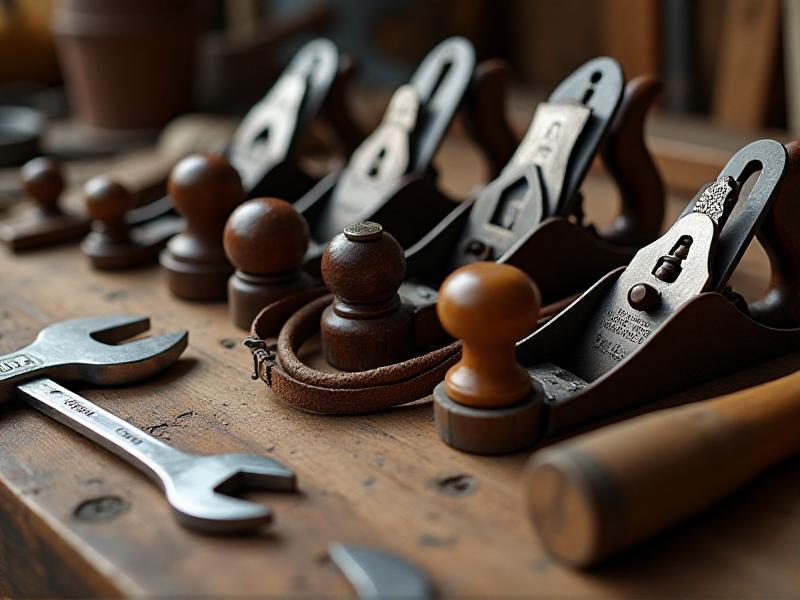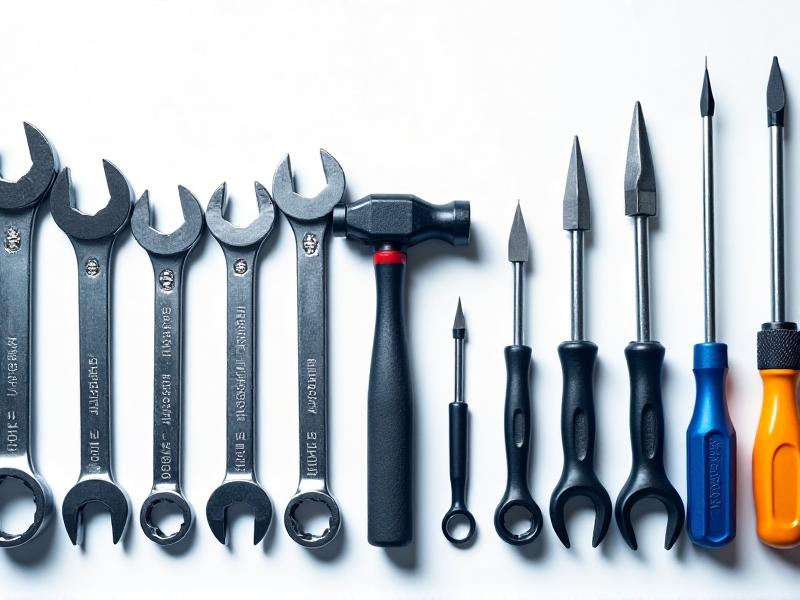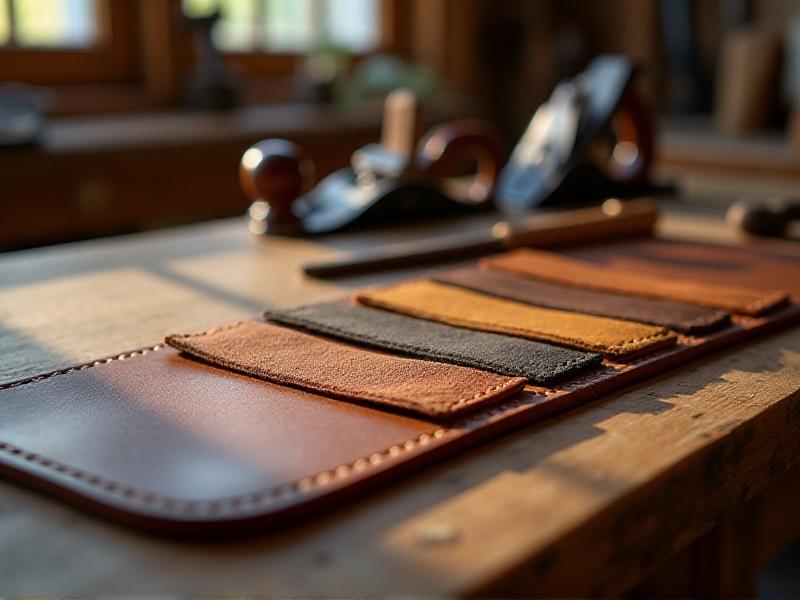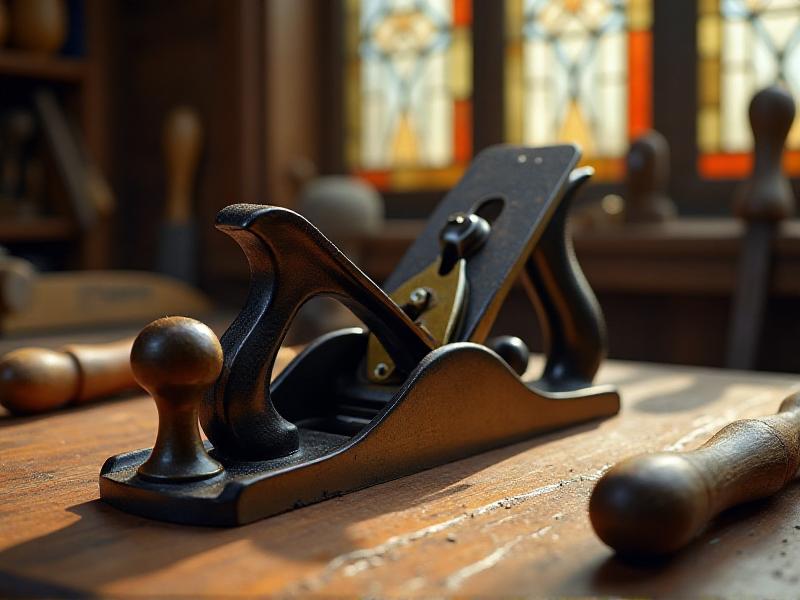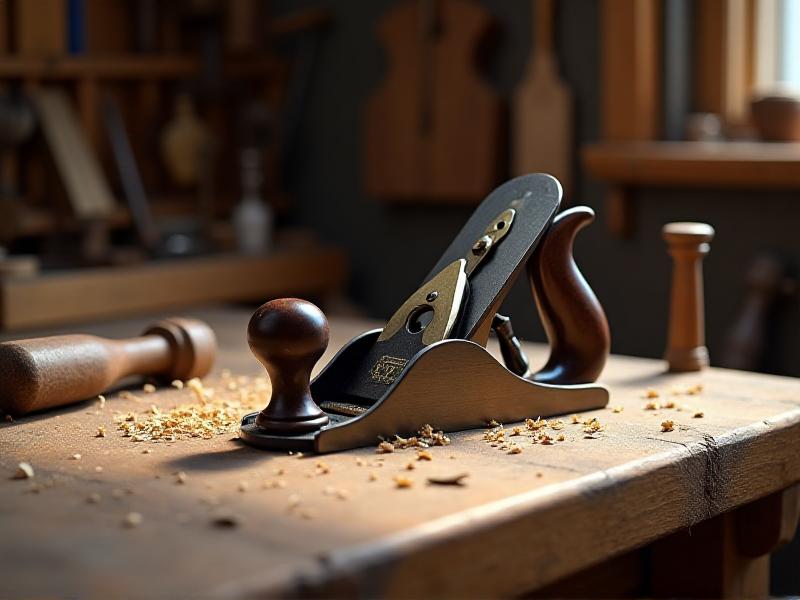Wrought Iron vs. Cast Iron Tool Identification
Introduction to Wrought Iron and Cast Iron Tools
Wrought iron and cast iron are two materials that have been used for centuries in the creation of tools, each with its own unique properties and characteristics. Understanding the differences between these materials is essential for identifying and appreciating the tools made from them. Wrought iron is known for its malleability and resistance to fatigue, making it ideal for tools that require flexibility and strength. Cast iron, on the other hand, is brittle but excellent at withstanding compression, making it suitable for tools that need to endure heavy loads.
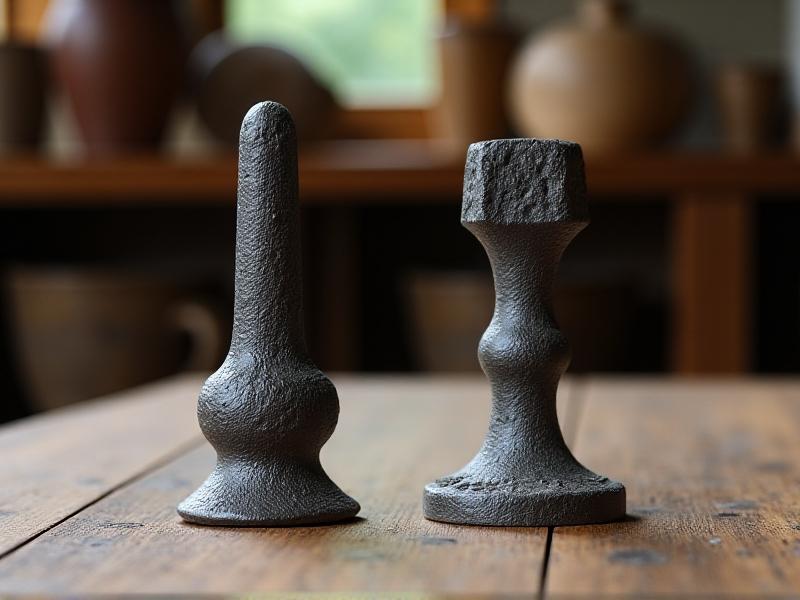
Historical Context: The Evolution of Iron Tools
The history of iron tools dates back to ancient civilizations, where the discovery of iron revolutionized tool-making. Wrought iron was the first form of iron to be widely used, primarily because it could be easily forged and shaped by blacksmiths. The process of creating wrought iron involved heating iron ore in a furnace and then hammering it to remove impurities, resulting in a material that was both strong and ductile. Cast iron emerged later, with the development of blast furnaces that allowed for the melting and casting of iron into molds. This innovation enabled the mass production of tools, particularly those that required intricate designs or uniform shapes.
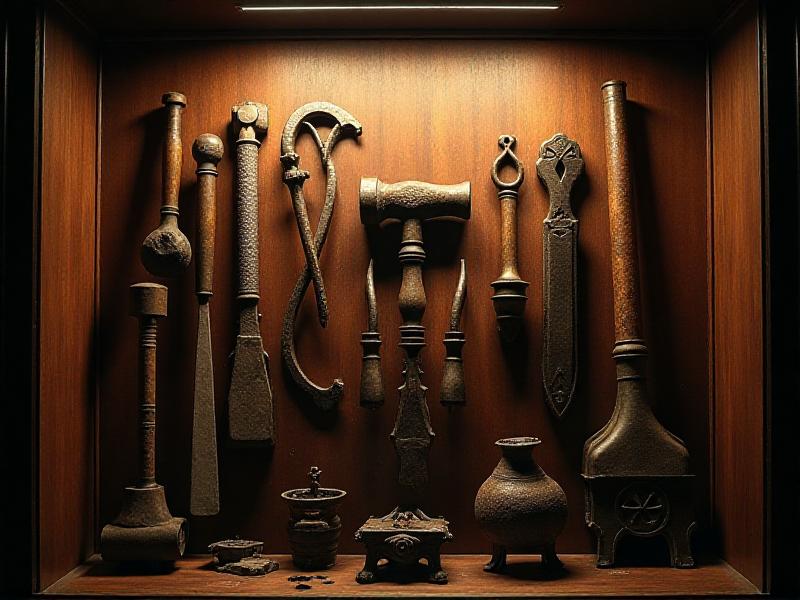
Physical Properties: How to Differentiate Wrought Iron and Cast Iron
One of the most straightforward ways to differentiate between wrought iron and cast iron tools is by examining their physical properties. Wrought iron has a fibrous, grainy texture due to the slag inclusions that are present during its forging process. This texture is often visible on the surface of the tool, giving it a unique appearance. In contrast, cast iron has a smooth, uniform surface with a crystalline structure that is a result of its casting process. Additionally, wrought iron is more malleable and can be bent without breaking, while cast iron is brittle and prone to cracking under stress.
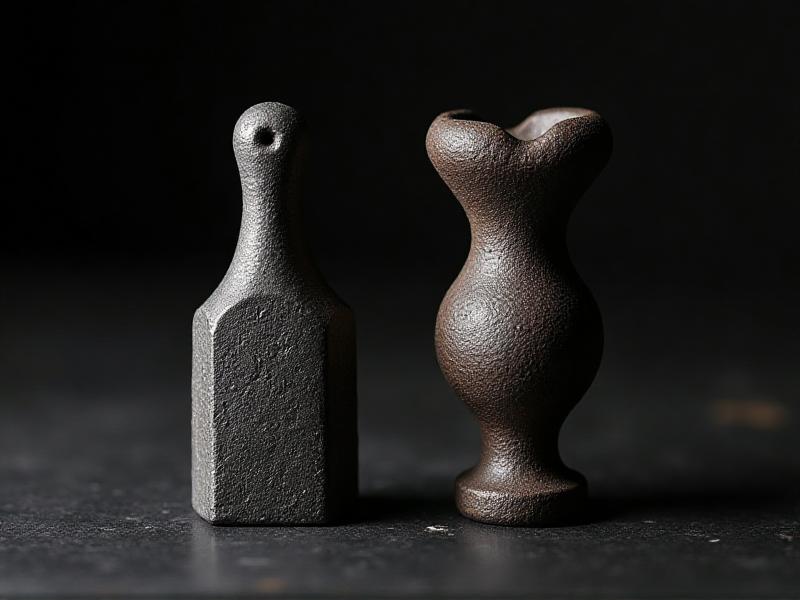
Manufacturing Processes: Forging vs. Casting
The manufacturing processes for wrought iron and cast iron are fundamentally different, which contributes to their distinct characteristics. Wrought iron is produced through a process called forging, where the iron is heated until it becomes malleable and then hammered into shape. This process allows for the creation of tools with complex shapes and intricate details. Cast iron, on the other hand, is made by melting iron and pouring it into molds. This method is ideal for producing tools with uniform shapes and intricate designs, but it results in a material that is less flexible and more prone to breaking.
Common Uses: Tools Made from Wrought Iron and Cast Iron
Wrought iron and cast iron have been used to create a wide variety of tools, each suited to different applications. Wrought iron is commonly used for tools that require flexibility and durability, such as hammers, chisels, and tongs. Its resistance to fatigue makes it ideal for tools that are subjected to repeated stress. Cast iron, with its ability to withstand compression, is often used for tools that need to endure heavy loads, such as anvils, vices, and machinery parts. Additionally, cast iron's ability to be cast into intricate shapes makes it suitable for decorative tools and architectural elements.
Maintenance and Care: Preserving Wrought Iron and Cast Iron Tools
Proper maintenance and care are essential for preserving the longevity of wrought iron and cast iron tools. Wrought iron tools should be regularly cleaned and oiled to prevent rust and corrosion. Due to their fibrous structure, wrought iron tools are more susceptible to rust, so it's important to keep them dry and store them in a cool, dry place. Cast iron tools, while more resistant to rust, can still benefit from occasional oiling to maintain their smooth surface. Additionally, cast iron tools should be handled with care to avoid cracking or chipping, as they are more brittle than wrought iron tools.
Identifying Authentic Wrought Iron and Cast Iron Tools
Identifying authentic wrought iron and cast iron tools can be challenging, especially with the prevalence of modern replicas. One way to identify authentic wrought iron tools is by examining their texture and structure. Authentic wrought iron will have a fibrous, grainy texture with visible slag inclusions. Cast iron tools, on the other hand, will have a smooth, uniform surface with a crystalline structure. Additionally, the weight and feel of the tool can provide clues, as wrought iron is generally lighter and more flexible, while cast iron is heavier and more rigid. Consulting with experts or using specialized testing methods can also help confirm the authenticity of the tools.
The Role of Wrought Iron and Cast Iron in Modern Tool Making
While modern tool making has largely shifted to the use of steel and other advanced materials, wrought iron and cast iron still play a role in certain applications. Wrought iron is often used in the restoration of historical tools and architectural elements, where its traditional properties are valued. Cast iron continues to be used in the production of heavy-duty tools and machinery parts, where its ability to withstand compression is essential. Additionally, both materials are appreciated for their aesthetic qualities, with wrought iron being used in decorative ironwork and cast iron in ornamental designs.
Conclusion: The Enduring Legacy of Wrought Iron and Cast Iron Tools
The legacy of wrought iron and cast iron tools is a testament to the ingenuity and craftsmanship of generations past. These materials have played a crucial role in the development of tools and machinery, shaping the way we work and build. While modern materials have largely replaced wrought iron and cast iron in many applications, their unique properties and historical significance continue to be appreciated. By understanding the differences between these materials and how to identify the tools made from them, we can preserve and celebrate the enduring legacy of wrought iron and cast iron tools.
